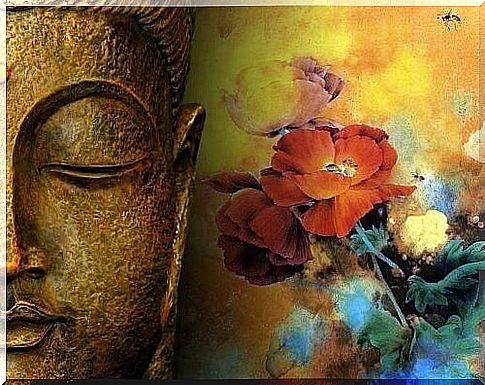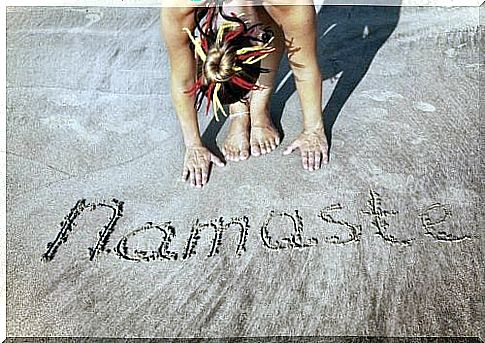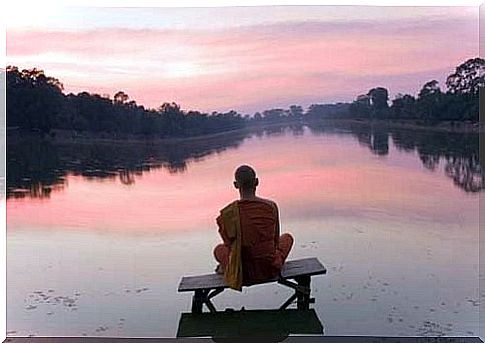Namaste: What Does It Mean?

If you have ever dived into the fantastic world of meditation, you have definitely come in contact with the word “Namaste”.
This term is used a lot in meditation and it is also used by some yoga schools. It has a deep and spiritual significance. This is important to know so that you are aware of what you are actually saying when you use this word.
The origin of the word “Namaste”

“Namaste” is a relatively unknown word because it comes from distant lands. It is used both as a way of saying hello and goodbye.
The origin of this word is Hindu and the language it corresponds to is Sanskrit. This is one of the languages considered sacred to those who practice the Hindu religion.
This word is used with a special gesture known as mudra. When you say “namaste”, you gather your palms right in front of your chest. This is a signal of absolute respect for the person you are talking to when you say hello or goodbye.
Therefore, this word is not strange, because if you study the etymology of the word, you will find that ‘namas’ is a noun that can be translated as “greeting” or “goodbye.” As for the second part, ‘tea’ is a pronoun meaning “to you”.
Spirituality in meditation and yoga

Meditation and yoga are practices that are good for everyone who practices them. Yoga consists of being aware of the moment and freeing oneself from judgment. They also focus on other worries and issues that are disturbing your mind. This way, you can reach a state of connection with everything in which your ego dissolves.
In yoga and meditation, the word “namaste” is used as a way of expressing humility. This is not only towards any possible listener, but also towards the world and the universe…
There are some experts who have dedicated themselves to the study of the word “namaste”. They have come to the conclusion that “namas” (which we have seen mean greetings or goodbye) can also symbolize “nothing of myself”.
This is a state where you are nothing. But at the same time, you are everything. In this state, you are connected to the world, but your ego is subdued. Your mind is calm and you are relaxed, almost in a trance.
Also read:
Your divine essence

According to the tradition in which the term “namaste” came into being, it is believed that there is a divine essence within us. Sometimes you need to discover this on your own, using some very healthy practices that we have mentioned in previous articles.
The moment you enter this ideal state of attention and calm, you gather your hands, bend forward and say the word. In this way, you provide a space for the divine essence that lives in you. But you also do the same for everything and everyone around you.
It can be compared to when practitioners of the Catholic religion kneel and strike the sign of the cross in front of them, with a signal of humility and respect for God. In this case, the word “namaste” can be directed at a god, the universe or another person…
However, it is not only a signal of respect for another person, but also for yourself. All are of divine essences and therefore you should acknowledge it in others and greet others with respect.
Also read:
Conclusion and practice
Now you know what it means to say this word. This lets you internalize everything it has to give to you. You also know the well-being it can fill you with every time you say it during your yoga or meditation sessions.
There are more and more people who enjoy the good that comes from dedicating a few minutes a day to this practice. In this way, you can give yourself a little bit of peace and quiet in the noisy, committed world we live in.
Consistency and knowledge of what it means to say this peculiar word will let you get the best out of all the yoga and meditation sessions you perform in the future.
Main image thanks to © wikiHow.com









